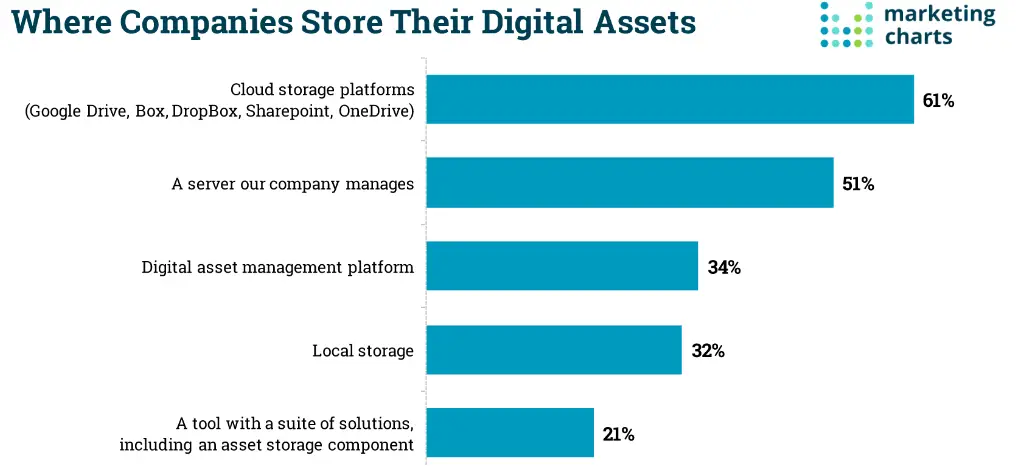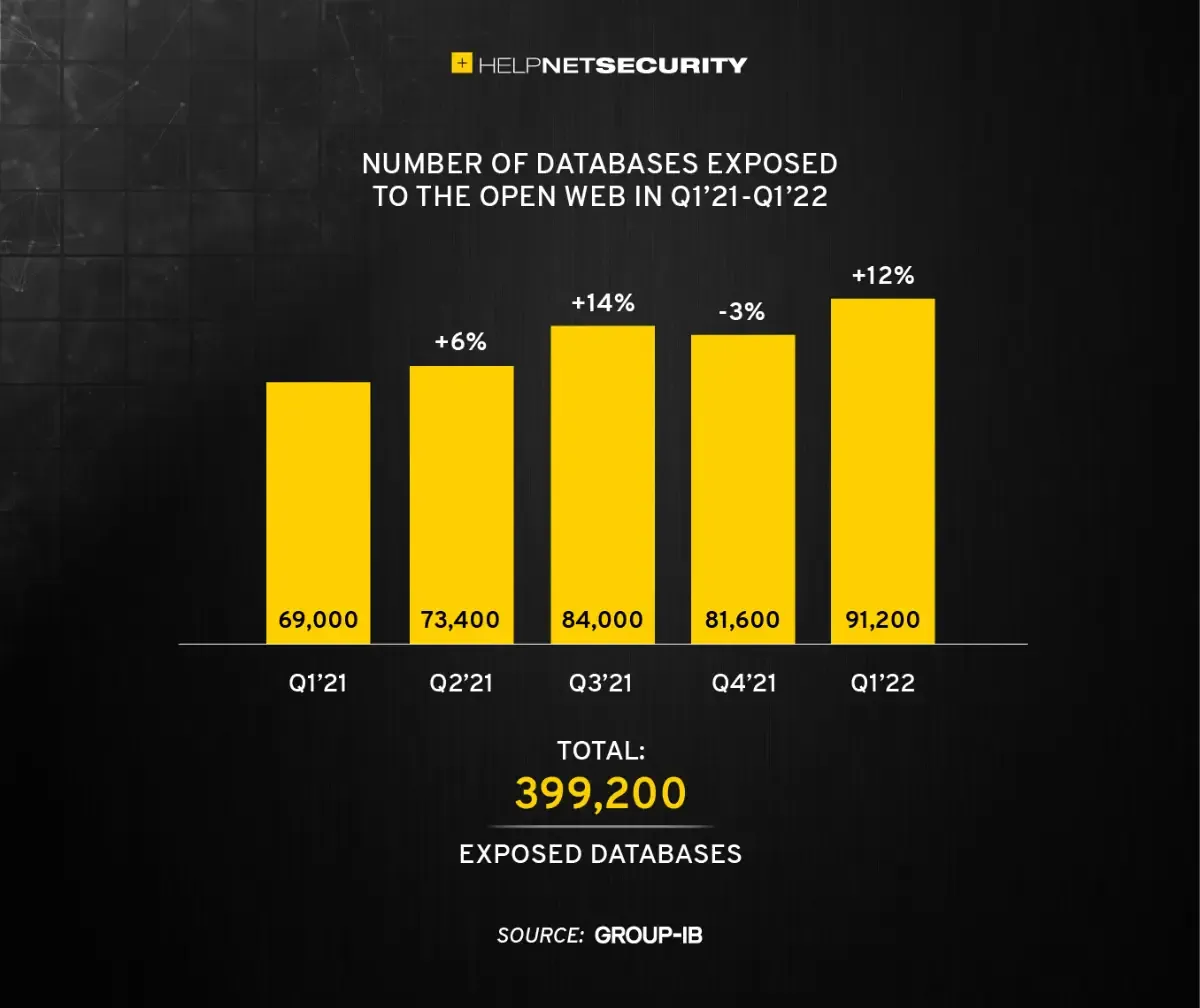In this article, you’ll learn:
With the global Digital Asset Management (DAM) market size projected to grow at a Compound Annual Growth Rate of 13.6%, from 4.2 billion USD in 2022 to 8.0 billion USD by 2027, the management of digital assets is something that corporations are prioritizing. The need for an organizational system grows increasingly evident the more extensive a pool of assets grows, and without a reliable system, companies could find themselves critically overwhelmed. Here are nine reasons to obtain active management software for your digital asset library.
You need to eliminate asset redundancies
As wonderful as digital assets can be due to their ability to exist anywhere and be shared, that does sometimes cause some trouble. Sometimes a record of asset movement may become lost, and as a result, additional assets may be floating around in different systems. This can be a problem as not every system is connected. Because different systems are not linked and are not indexed, sometimes users may create assets because they cannot find the asset they are seeking. For example, this could include a snippet of code for an app or product. Here’s the typical workflow of digital asset creation.
Digital asset management can help create a central system accessible by users to avoid redundancies. Even better, such a system can reduce redundancies by storing master files only, so variations, such as image sizes for vendors do not clutter up the archive.
You need to save resources such as storage and time.
80% of employees spend half a day retrieving information. As efficient as data and storage are these days, the ability to generate more assets and query databases can sometimes get out of hand and become resource intensive. This could tax data resources, but think about the people who need to manage and query a network of assets without a dedicated system. That is a lot of lost time and is far from sustainable.
Without proper management, the inevitable need for different assets will only continue to draw more time and storage for any enterprise. From JPEGs to PDFs, more files will just keep adding to the growing collection.
Digital asset management can help by centralizing assets and including helpful features such as sharing, tracking, and reporting. It also helps to save resources: there are fewer redundancies in assets and less time users spend querying and searching for what they need.
You need to create standardization of assets.
Having managed and standardized assets can be beneficial for the bottom line of a company or business. However, this becomes challenging without a system to automate and simplify such a process. Instead of manually maintaining a collection of assets and their associated metadata through human error, digital asset management can allow assets to be easily tagged and sorted based on existing categories.
Using digital asset management software can allow users to centralize their creations and files, filter and search, and adhere to or create new standards for incoming assets.
You need to enhance asset distribution.
Without a proper active management system for digital assets, the need for human judgment and distribution becomes apparent and can lead to distribution problems. This is especially dangerous for companies that must send digital assets or resellers and manufacturers, and their demands may exceed the speed of the human distribution network. Lacking up-to-date assets can be a considerable problem for parties that need those assets round the clock.
An active management system can alleviate these concerns by automating a great deal of the process, if not the entire process, for most requests. With proper tagging, centralized storage, and standardized data, distribution to vendors and manufacturers can be a hands-free process resulting in faster workflow and less chance of errors. The manufacturer or customer can even set distribution, so their preferences are locked in and applied as needed.
You need to release assets faster.
The concept of ‘time-to-market’ represents the total length of time required to move a product from conception to production. Such lengths vary for various reasons, including associated industries and products. Even digital assets, however, have their production pipelines that can hit a snag and increase the time-to-market.
Digital assets can become a tangled mess when a lack of organization and automation allows production to speed through specific steps. Team leaders can integrate with all stages of production. When a problem arises, reports can be generated at the appropriate action and to the staff, leading to a faster response.
You need to improve access to assets.
If assets are scattered across multiple isolated systems, access is hampered. That means workflow delays or lost sales can occur; if users cannot find the asset, tough choices need to be made. The following chart shows you where companies usually store their digital assets.

Source: marketing charts
Asset management software becomes vital as it centralizes digital assets and allows organizations to apply standards across their libraries. Such systems can also be integrated into other software, such as browsers, significantly increasing accessibility.
You need to track asset data.
Without a centralized and organized system, understanding what digital assets are misplaced or missing can be a frustrating time sink. 51% of marketers waste time recreating marketing assets. The more time spent tracking them down across disparate networks, the less time spent using them to increase business.
Active management software centralizes and provides multiple routes of access to digital assets, but generated reports within the system can also explain what gaps need to be filled. A project may be hitting every web standard, but one, but a generated report that verifies the assets meet specific criteria could quickly alert teams to missing elements.
You need to build asset security.
Decentralized assets are hard to track and may introduce devastating security vulnerabilities. Implementing a monitoring system is hard when there is no system to which to attach. Given the cost of time and resources associated with digital assets, wouldn’t it make sense to have a system in place that can safeguard their usage and distribution?

According to Group-IB, the number of public-facing databases exposed to the open web has been steadily growing every quarter, reaching a peak of 91,200 in Q1 2022.
Asset management software creates a system by which users can establish security protocols. All data can be carefully watched and checked for vulnerabilities. Additionally, the implementation of security measures secures and protects any asset investments.
You need to ensure asset quality.
A quality control program requires ready access to the products and standards. This can be very tough with digital assets regarding decentralized systems. One software build could be QA-assured. However, it takes one previous build uploaded to a storefront to undo all that hard work and generate more problems.
Digital asset management software can help avoid costly mistakes by serving as a baseline for quality assurance needs. With centralized assets, tagging, and features such as notes and build descriptions, digital asset management software is essential to ensure quality products.
Final Thoughts
Digital assets are a vital part of modern business. However, their value can be easily undermined by failing to take an active role in managing them. The benefits of digital asset management software make it clear that such solutions represent a sound investment for anyone looking to get the most out of their digital assets. From improved security to easier access and quality control, digital asset management software provides a wealth of advantages that can help any business better utilize its digital assets.
Did you enjoy this article? Give Pics.io a try — or book a demo with us, and we'll be happy to answer any of your questions.
Author
freelance SEO strategist Bazaar Expert




